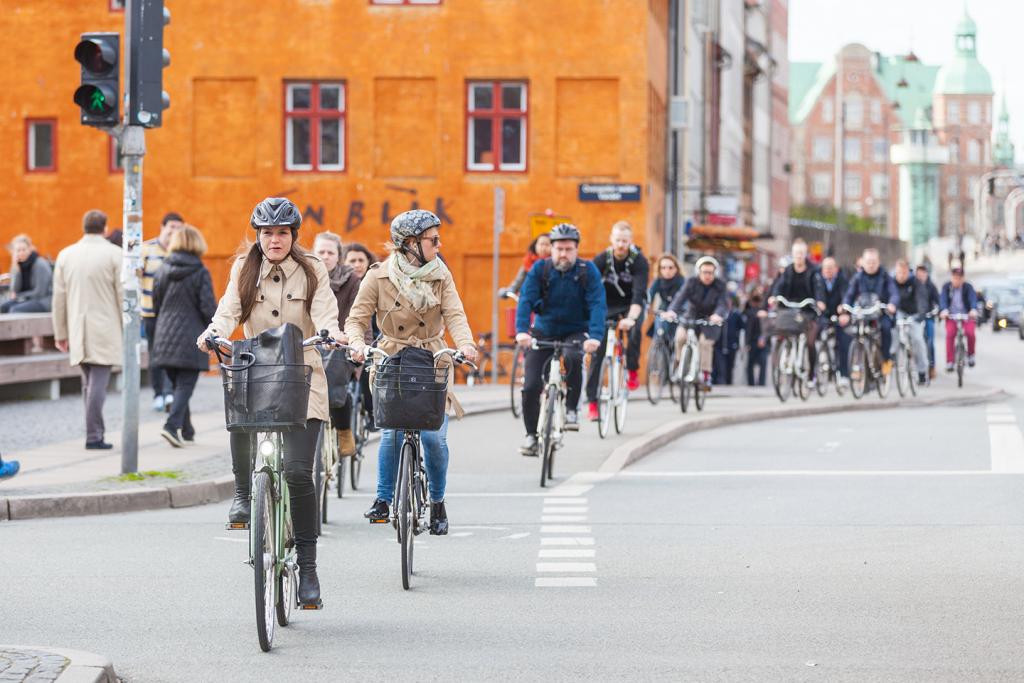
Cities around the world are facing immense challenges in promoting sustainable transportation as urban populations surge. City planners and leaders must find effective strategies to ensure sustainable mobility that addresses the needs of a growing population while mitigating environmental impacts.
Integration of Public Transport

A fundamental component of sustainable urban transportation is the integration of efficient public transport systems. Cities like Jakarta have demonstrated how effectively organized public transportation, such as bus rapid transit (BRT) systems, can address traffic congestion and reduce emissions. Jakarta's Transjakarta system serves over a million passengers a day and spans more than 250 km of dedicated bus lanes, making it a model for other urban centers in Southeast Asia[4]. Investments in high-capacity transport modes, such as metros and BRT, are shown to promote greater accessibility and improved air quality[4].
Furthermore, cities should consider the economic advantages associated with robust public transit networks. Areas with extensive mass transit are more attractive to businesses and facilitate economic growth by providing affordable commuting options for diverse populations. For example, cities like Singapore and Stockholm have prioritized public transit development and reaped the benefits in terms of both economic vitality and environmental sustainability[1].
Multimodal Transportation Options

To promote sustainable transportation, cities must create multimodal networks that allow easy transitions between different transport modes. Investments in infrastructure that enables seamless transfers— such as bike and scooter-sharing programs linked to public transport—support greater ridership and reduce reliance on personal vehicles. The integration of cycling as a viable transport option can significantly enhance mobility. Cities like Copenhagen lead with initiatives such as the Cycle Superhighways, designed to facilitate biking across the metropolitan area, which has seen a 52% increase in bike usage since its opening[3].
Moreover, promoting micromobility options, such as electric scooters and bike-sharing initiatives, can address first- and last-mile connectivity challenges. In Copenhagen, transport systems have adapted to accommodate bikes on trains, ensuring that cyclists can use the train for longer commutes, thereby reducing car dependency[3].
Smart Traffic Management
Implementation of smart traffic management systems can optimize transportation efficiency. Modern cities are increasingly investing in intelligent traffic signals that prioritize public transport and cycling, thereby enhancing overall traffic flow. For instance, Copenhagen's new traffic signals are designed to use real-time data to adjust light timings based on the presence of cyclists and public transit vehicles, which can lead to significant time savings for these users[3]. Similar projects aim to reduce congestion and encourage sustainable commuting behaviors through enhanced traffic management technologies.
Additionally, cities can explore the concept of road-user charges and congestion pricing to discourage the use of private vehicles in urban areas. By implementing financial incentives for using public transport, such as reduced fares or free transfers, cities can promote a more sustainable transit culture[1].
Encouraging Electric Mobility

Transitioning to electric vehicles (EVs) is crucial for minimizing transport-related emissions. Cities can support this shift by providing infrastructure—for example, charging stations—and financial incentives for residents to adopt EVs. Oslo stands out as a pioneer in electric mobility, offering benefits such as tax exemptions for electric vehicles and accessibility to bus lanes, which significantly boosts EV adoption[1]. Strategic investments in charging infrastructure are essential as cities work to integrate electric transport solutions into their overall transportation systems.
Infrastructure for Active Transport

A holistic approach to urban mobility must include infrastructure for walking and cycling. Cities should invest in developing pedestrian-friendly environments, such as expanded sidewalks, increased safety measures, and dedicated cycling lanes. Closing streets to vehicular traffic in certain areas can foster vibrant public spaces, encouraging walking and cycling while improving air quality[4]. For example, Bogotá's emergency bike network established during the COVID-19 pandemic has been credited with significantly enhancing cycling infrastructure and promoting sustainable transportation options[4].
Conclusion: A Collective Responsibility
As urbanization continues, the responsibility to promote sustainable transport falls on multiple stakeholders, including city planners, policymakers, businesses, and communities. Sustainable transport systems must be at the forefront of urban development strategies, with communities actively involved in the planning processes. By prioritizing integrated public transport networks, multimodal options, smart traffic management, electric mobility, and active transport infrastructure, cities can create a more sustainable, efficient, and equitable transportation future for all their residents[2][6].
Get more accurate answers with Super Pandi, upload files, personalized discovery feed, save searches and contribute to the PandiPedia.
Let's look at alternatives:
- Modify the query.
- Start a new thread.
- Remove sources (if manually added).